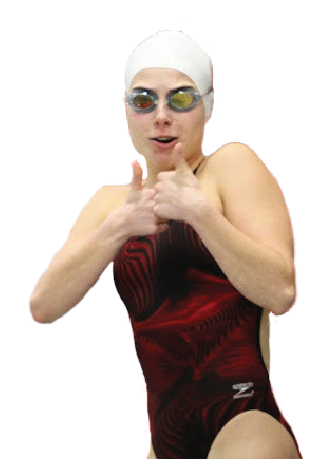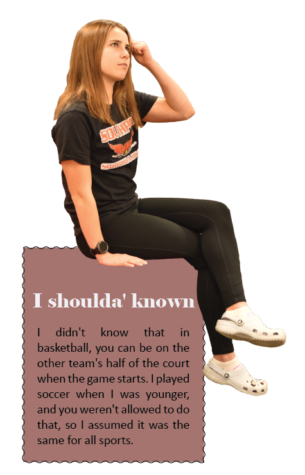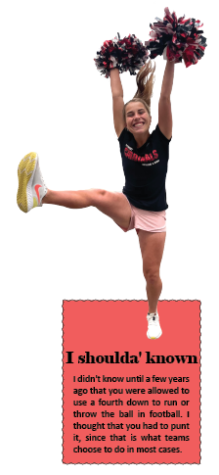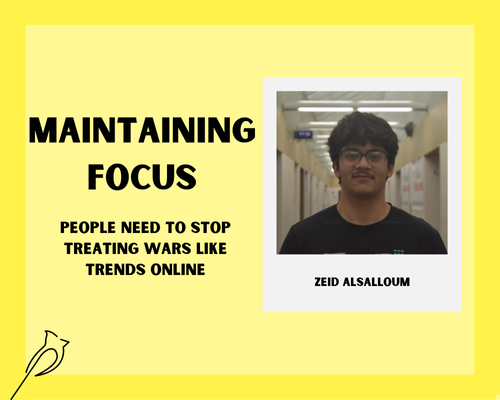Dive in ‘n’ run
Body aesthetics are not an indicator of athletic performance
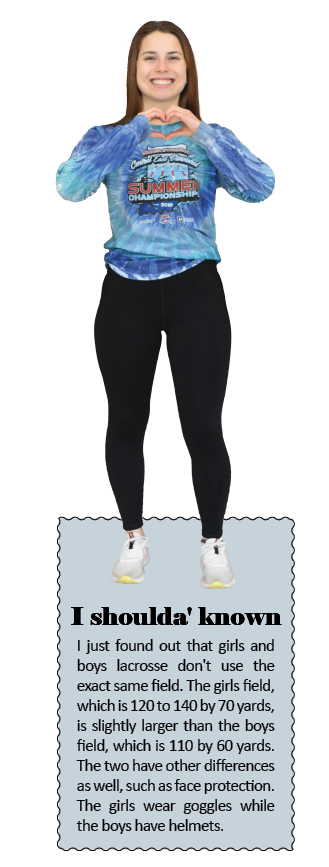
You all might want to buckle up before you start reading this, cause we’re about to get real personal and talk about an issue that hits home for me: body image and sports.
As a runner, my uniform consists of spandex shorts and a tight fitting tank top. I’ve always struggled with the way I look, and wearing these tight-fitting clothes that leave little to the imagination don’t do anything to help the already tough situation. Each time I put them on, I find myself picking apart my appearance, wondering why I don’t look “good enough” and why I don’t look like the professional athletes in my sports. Self-doubt and feelings of inferiority cloud my mind each time I put the uniform on, putting a dagger in my confidence. Ultimately, these thoughts keep me from being in a mindset where I’m able to compete to my potential.
I often feel that the way my body looks is a predictor of how I will perform. If I don’t “look like I would be a fast runner,” then there’s no way that I’ll be able to do well.
In distance running, “race weight” is a common topic that refers to the weight at which a specific runner competes their races at. The idea is that this weight is lower than their regular maintenance weight, and it allows them to perform the best that they can. Essentially, it says that the smaller you are, the better you will run. For me, this idea is extremely damaging. The idea that you have to be a lower weight in order to race well reinforces that athletes need to look a certain way in order to be successful.
In reality, insufficient food intake can lead to serious problems for athletes. Not only does it lead to low energy and poor muscle recovery, it also results in a 4.5 times increased risk of bone stress injuries, according to WebMD. Basically, athletes who aren’t fueled properly are at a disadvantage in almost every way compared with athletes who get the proper nutrition for their training needs.
People with all different types of bodies can compete at high levels in all sports. Of course certain physical attributes will have advantages in sports, like height in basketball, for example. However, I don’t think that the physical body of any person, or their perception of their body, should be the limiting factor on their athletic performance.
A staggering 80% of elite female athletes have struggled with body image. These are athletes who are the best in the world at their respective sports, and they’re still struggling with the exact problems as me, a high school athlete.
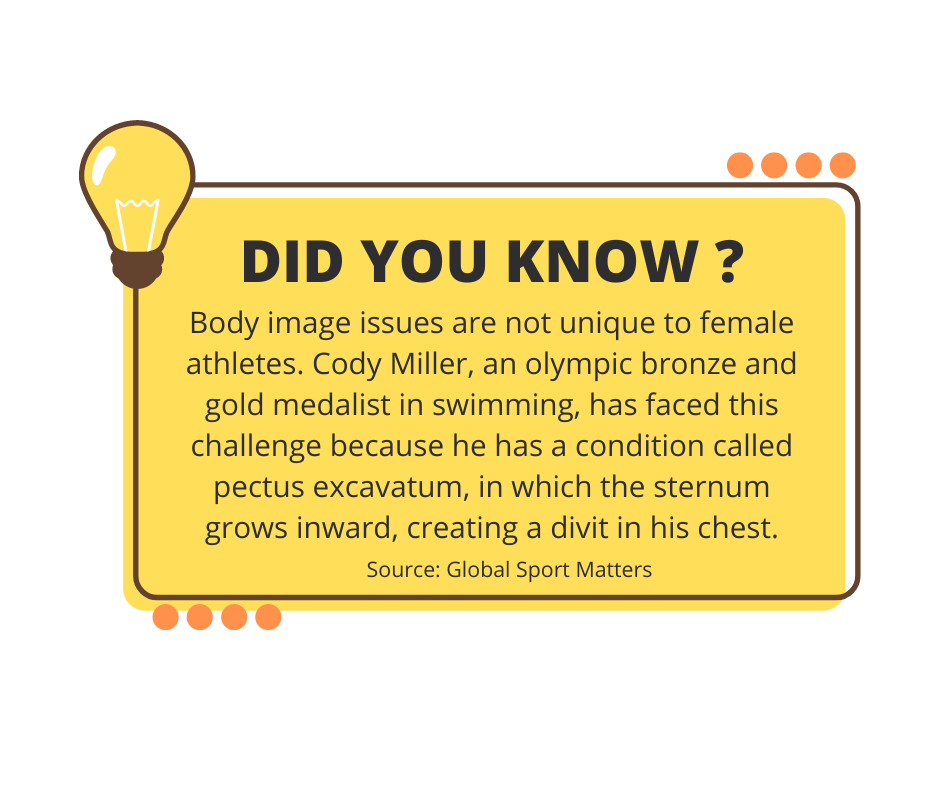 I follow a distance runner on Instagram, Caroline Beard, who struggled with the same body image issues as me. She felt the pressure to always be smaller, and she ended up with a series of several stress-related injuries that forced her to take several months away from running. After realizing that something needed to change or she would be caught in the injury cycle forever, she began to fuel herself properly. She gained weight and found herself running the best times of her career yet. I use this example to show that smaller is not, in fact, always equal to better athletic results.
I follow a distance runner on Instagram, Caroline Beard, who struggled with the same body image issues as me. She felt the pressure to always be smaller, and she ended up with a series of several stress-related injuries that forced her to take several months away from running. After realizing that something needed to change or she would be caught in the injury cycle forever, she began to fuel herself properly. She gained weight and found herself running the best times of her career yet. I use this example to show that smaller is not, in fact, always equal to better athletic results.
These harmful messages that push body aesthetics over everything else must be put to rest once and for all. Let’s change the narrative from “how does my body look” to “what all has my body done for me.” My body has carried me through thousands of miles of running and over 10 years of swim practice. That’s incredible, and so much more important and valuable than the way my body looks ever will be.

Howdy! My name is Lucy Hiller, and I’m a senior this year (whoop whoop), so I’m savoring every last second I get at SHS. For my third year on The Journal,...


